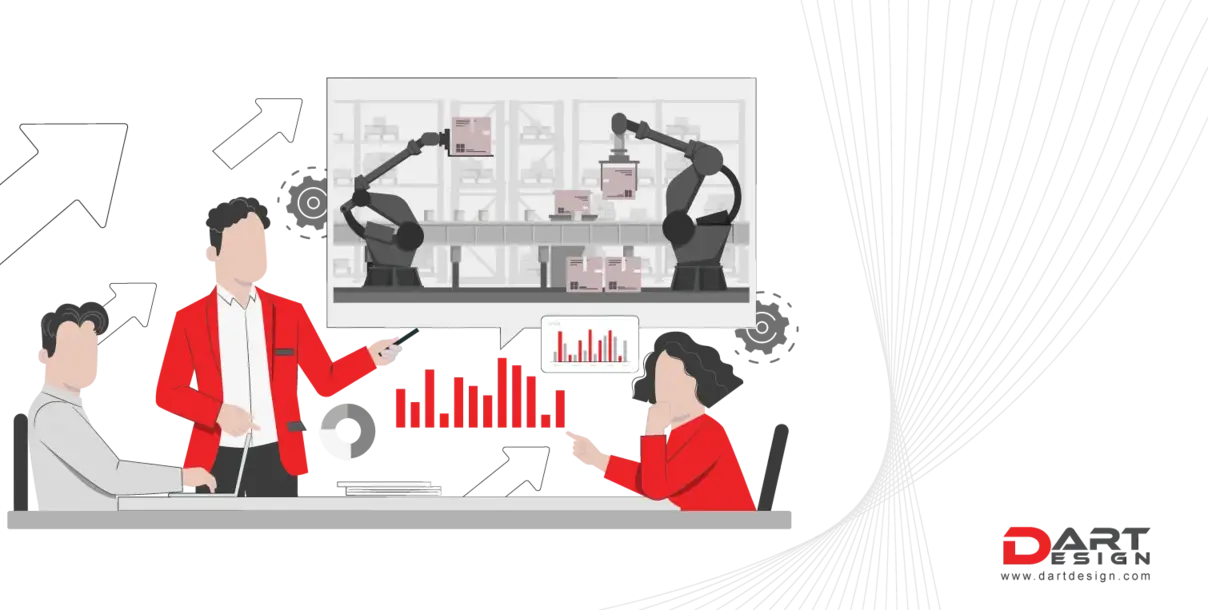There are a lot of benefits that automation offers for warehouses. From increased productivity to reduced risk (about labor), retailers must develop an end-threaded strategy to harness its full potential.
Strongly driven by constant growth in B2C channels, it wasn’t fierce for warehouse and fulfillment labor before. In the United States, employment levels across various distribution centers have increased with $18 per hour as the wage. But attraction and retainment of warehouse employees remain elusive. Short-term strategies like bonuses, pay hikes, and reimbursements are aiding. However, long-term implications (reliance on labor) are clear – for sustainable growth, warehousing automation is no longer just nice.
For instance, adopting AMRs (Autonomous Mobile Robots), inculcating technology that eliminates the non-productive walking time, has been upgraded from early-stage pilots to deployable roll-outs.
We will witness an influential role in the automation capabilities of different scales and sizes of omnichannel networks. To navigate various choices for automation, retailers should possess an informed perspective on the verge that automation can create value, reduce risk, and improve reliability across complex networks, successfully. The three-step process – Strategy, Design, and Deploy should be used by brands and retailers to translate vision into an optimal automated warehouse.
The Changed Face
The brand’s investments in automation are set to drive significant growth in the industry. The market for warehouse automation is expected to grow to $51 billion by the year 2030, which is a growth rate that is 23 percent. The explosion of warehousing innovations has been largely driven by investors funding for startups, whose solutions have a greater impact on what the future holds for the multichannel warehouse. Furthermore, the private equity sector has been an important boost to key businesses.
Let’s look at current warehouse automation issues and see how they could affect your strategies and plans for implementation (as for warehousing services).
1: Disrupted Supply Chain
The supply chain crisis continues to be a problem for all of us, which is why it’s an automation issue in warehouses. Particularly, the availability of chips along with metals and raw materials is creating huge delivery issues for automation companies. As a result, many system integrators have to be very selective in the potential customers they want to collaborate with as they’re probably just 24 months away from delivering on an automation system.
2: Saturation
Another challenge for warehouse automation is the massive proliferation of hardware manufacturers for automation. My main concern is that most of these startups won’t survive in the long run. Because the market is getting more competitive, especially with replica brands from China, pushing hardware prices down. This may sound appealing from a purchasing standpoint, but it’s creating extremely low-profit margins in AMR and collaborative robot manufacturers. In the end, these companies may be forced to cut back on their R&D investments, which they urgently must do to grow to provide reliable, profitable solutions.
3: Technology Mixture
In addition to these market pressures, there’s a wide selection of automation technology to pick from, each having distinctive capabilities and capabilities. This means that warehouse managers have a growing awareness that one kind of automation can only solve just one problem in the warehouse. For example, warehouses can consider investing in AMR to address the issues of labor pickers, but how does it work with the overall storage strategy? Labor shortages today may be a temporary problem. Utilizing automation to meet the requirements of tomorrow’s supply chain is a never-ending problem. Therefore, companies must identify what types of automation technology are required today. In addition, what will happen when these various automation technologies work together? Do customers have to adhere to one vendor? There’s no doubt that having the presence of multiple vendors in a warehouse isn’t beneficial to any company. This is a challenge for warehouse automation that the industry has to solve. I guess we’ll be required to arrive at the point at which two systems from distinct suppliers.
Closings, acquisitions, restructuring, and consolidation in warehouse automation on the vendor’s end can be expected. On the other hand, for customers, If you’re thinking about automated warehouses, it is advisable to choose your supplier cautiously. You must ensure that you balance your immediate needs (labor limitations) with your long-term objectives in the area of automation. Beware of jumping into the automated bandwagon to alleviate your short-term problems without having a thought-through plan for your long-term automated strategy.




